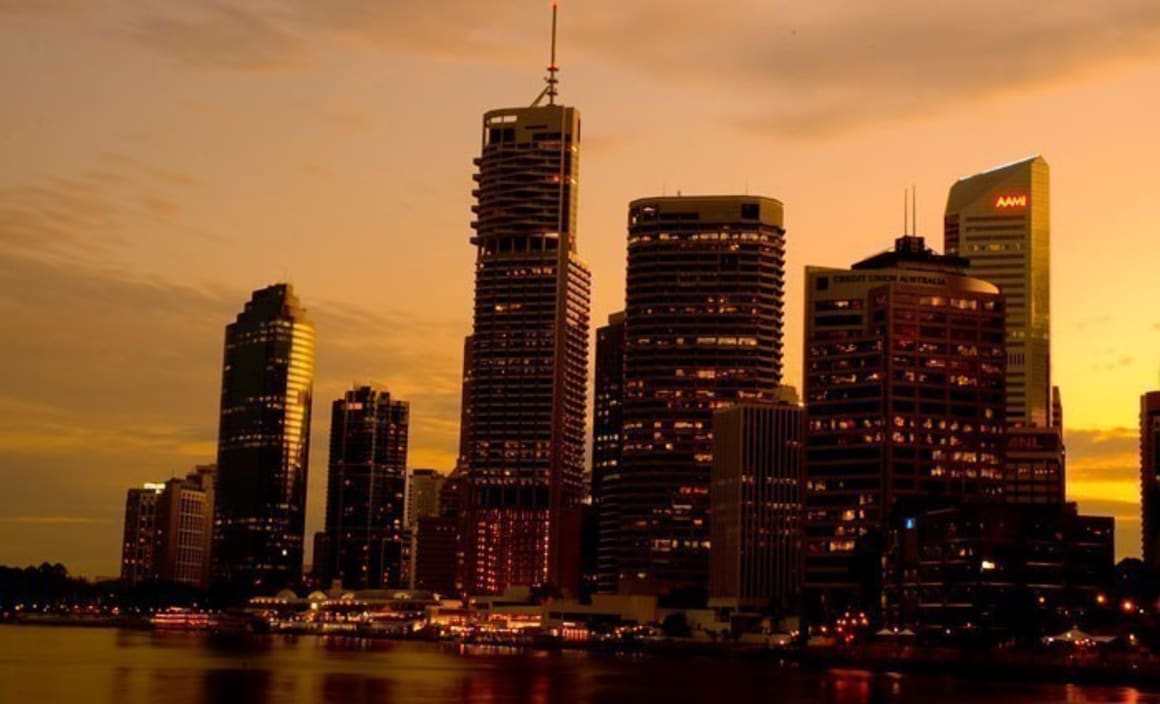Brisbane unit development frenzy hits the suburbs: Terry Ryder

Vacancy rate figures are a leading example of how generalised data can be dangerously misleading for real estate consumers.
Research companies like to publish statistics which describe an entire city in a single figure. One might tell us that “Sydney house prices” have risen 8 percent in the past year, but what does that mean for a metropolitan area with over 700 suburbs and five million residents?
The overall vacancy rate for Melbourne is a healthy 2.1 percent, according to SQM Research, but does that make investment in the city generally safe? Behind that generalised figure lie myriad different situations, including some (like inner-city Southbank and suburban Doncaster) where vacancies are in the 5-6 percent range.
The Brisbane metropolitan area provides a sobering case study for this topic. The overall vacancy rate is 2.9 percent, which is within the accepted comfort zone.
But closer examination reveals some worrying information. The city’s generalised vacancy rate has risen from 2.6 percent a year ago to 2.8 percent in June and 2.9 percent in July.
But specific areas show much higher vacancies and it’s not just the inner-city apartment markets. The unit development frenzy has extended to the suburbs and some precincts have alarmingly high vacancy rates now.
The latest figures show the Brisbane CBD has a vacancy rate of 5.3 percent. Surrounding near-city markets including South Brisbane, Woolloongabba, Kangaroo Point and Fortitude Valley all have vacancies in the range from 4.1 to 5.8 percent.
With major projects under construction, many of these rates will get considerably worse before they get better.
But now suburban markets well beyond the inner-city high-rise precincts are joining this disturbing trend.
There is major new construction of units happening in many of the suburbs on Brisbane’s Northside, in the middle ring suburbs where houses have dominated in the past. Thousands of new apartments received council approval in the financial year just ended.
The suburbs most impacted are Albion, Chermside, Everton Park, Kedron, Gordon Park, Wooloowin and Lutwyche.
The Albion postcode now has a vacancy rate above 9 percent. The postcode covering Kelvin Grove, where major urban renewal projects have been targeted, has a vacancy rate above 5 percent.
The postcode covering Lutwyche and Windsor is at 4.4 percent, while Herston is 4.8 percent.
Chermside’s vacancy rate is currently reported as 3.7 percent but is trending upwards and is likely to go much higher as there is widespread new development in this area.
There was recent publicity for this area, based on a research report that Chermside would become a property hotspot because of projected population growth. This was based on recent residential building approvals. Property marketers weighed in, suggesting this was a good place to buy.
There’s no doubt that the Chermside precinct has many good qualities – well-established residential areas supported by major infrastructure, facilities and jobs nodes. It’s part of a precinct that I wrote about favourably a few years ago, when Brisbane Northside generally was leading price growth in metropolitan Brisbane.
But those days have passed. The momentum has shifted to other parts of the Brisbane market and, in the meantime, developers have dived en masse into the Northside market.
All those positive qualities– population growth, good transport links, employment growth and great services and amenities – can be overpowered and rendered meaningless by one simple factor: oversupply.
Brisbane’s overall vacancy rate of 2.9 percent does not alert us to the reality that places like Chermside have much higher vacancies, which are rising steadily and set to become worse.
Terry Ryder is the founder of hotspotting.com.au. You can email him or follow him on Twitter.